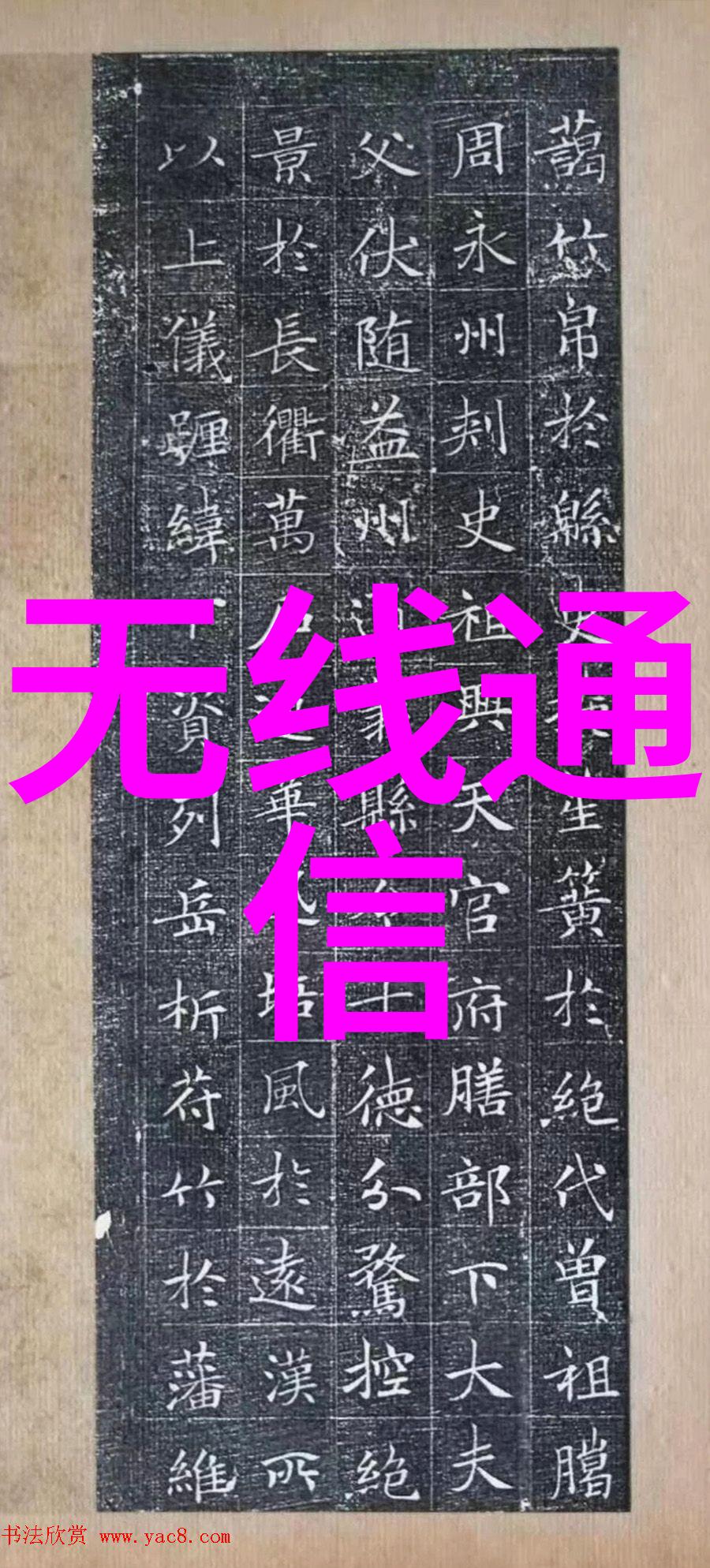您现在的位置是: 首页 - 无线通信 - 热交换器是如何提高化学反应效率的 无线通信
热交换器是如何提高化学反应效率的
2025-02-22 【无线通信】 0人已围观
简介在化工领域,化学反应设备扮演着至关重要的角色,它们不仅能够加速物质之间的化学反应,还能确保整个生产过程的安全性和高效性。其中,热交换器作为一种常见的化工反应设备,其作用不可或缺。今天,我们就来探讨热交换器是如何通过其独特机制来提高化学反应效率。 首先,让我们从“化工反应设备有哪些”这一问题开始。这一问题背后蕴含着对各种不同功能、结构和应用场景化工设备类型的兴趣。除了热交换器之外,还有如混合罐
在化工领域,化学反应设备扮演着至关重要的角色,它们不仅能够加速物质之间的化学反应,还能确保整个生产过程的安全性和高效性。其中,热交换器作为一种常见的化工反应设备,其作用不可或缺。今天,我们就来探讨热交换器是如何通过其独特机制来提高化学反应效率。

首先,让我们从“化工反应设备有哪些”这一问题开始。这一问题背后蕴含着对各种不同功能、结构和应用场景化工设备类型的兴趣。除了热交换器之外,还有如混合罐、离心机、蒸发器、冷却塔等多种类型,每种都服务于不同的目的。在这篇文章中,我们将深入探讨热交换器及其在提高化学反应效率中的关键作用。
热交换器概述

热交换器是一种用于传递温度差异而无需直接接触介质之间的一种装置。它通常由两个流体系统组成,其中一个系统携带较高温量,而另一个系统则携带较低温量。当这两个流体分别流经相互隔离但通透相连的管道时,即使没有物理接触,也能实现它们之间温度差异转移,从而达到节能降耗甚至控制温度的手段。
热交换技术原理

为了更好地理解热交換技術運作方式,让我們簡單描述一下熱傳導過程:當兩種溫度不同的大氣層靠近時,分子會因為熱力學動態開始擁抱並轉移動能,這個過程稱為熱傳導。在實際應用中,這種現象可以被利用來將一個系統中的熱量轉移到另一個具有較低溫度的大氣層中。
化学工程应用

在化工工程领域,hot exchange devices play a crucial role in the optimization of chemical reactions. They allow for the efficient transfer of heat from one reaction to another, enabling more precise control over temperature and reaction conditions. This can lead to improved yields, reduced energy consumption, and increased safety.
For example, in the production of polyethylene terephthalate (PET), hot exchange devices are used to cool down molten PET as it exits the reactor. This helps prevent degradation and ensures that the material is properly crystallized before being formed into bottles or other products.

Similarly, in the synthesis of ammonia via the Haber-Bosch process, hot exchange devices are used to remove excess heat generated by exothermic reactions. This helps maintain optimal reaction conditions and prevents overheating, which can damage equipment or result in poor product quality.
By allowing for precise control over temperature and heat transfer during chemical reactions, hot exchange devices have become an indispensable tool in modern chemistry labs and industrial processes alike.
In conclusion, hot exchange technology plays a vital role in optimizing chemical reactions by facilitating efficient heat transfer between different systems while maintaining safe operating temperatures. By understanding how these devices work – both theoretically and practically – we can better appreciate their impact on our daily lives through various industrial applications ranging from plastics manufacturing to agricultural fertilizers production.
As we continue exploring ways to improve efficiency while reducing environmental impacts within industry sectors worldwide so too will our reliance on innovative technologies like this one grow ever greater ensuring that sustainable progress remains at forefront as we move forward into future generations' challenges ahead!






